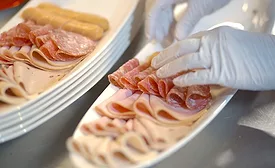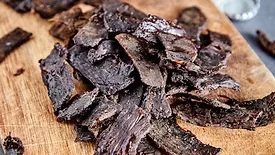Home » Keywords: » RTE
Items Tagged with 'RTE'
ARTICLES
Safe Until Served: The Hidden Risks of RTE Foods in Retail
Retail and foodservice operations must take active responsibility for the safety of RTE products by treating them as high-risk items requiring ongoing control
October 7, 2025
Ensuring the Safety and Quality of RTE Meals for U.S. Service Members
Many RTE food technologies were created and first commercialized by the U.S. Armed Forces
December 11, 2022
Supplier Food Safety: Boots on the Ground and Going Beyond the Checklist
A higher level of risk assessment requires a closer level of supplier scrutiny
June 8, 2022
Never miss the latest news and trends driving the food safety industry
Newsletters | Website | eMagazine
JOIN TODAY!Copyright ©2026. All Rights Reserved BNP Media.
Design, CMS, Hosting & Web Development :: ePublishing






